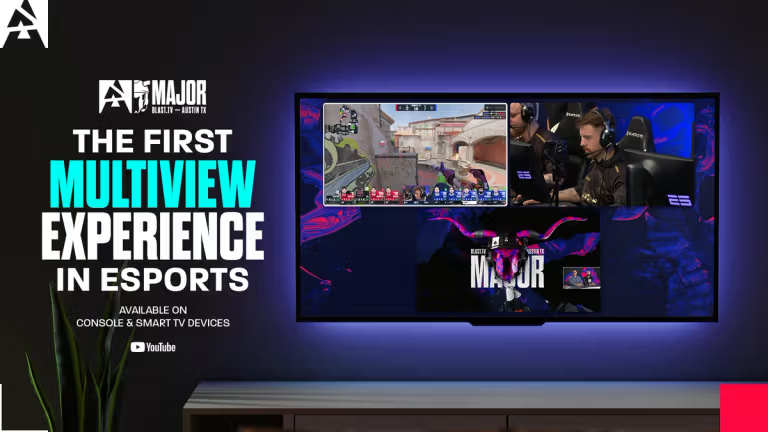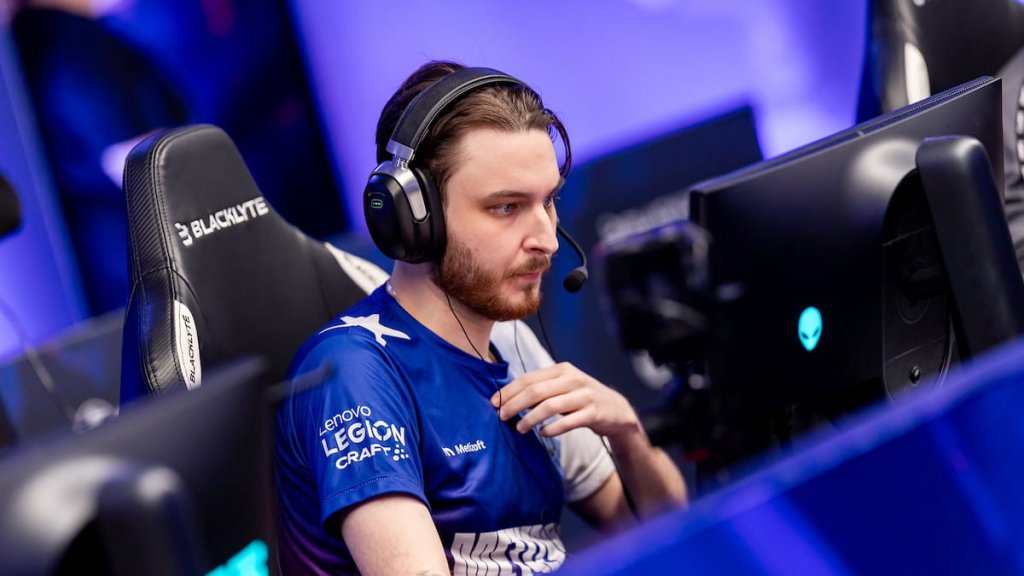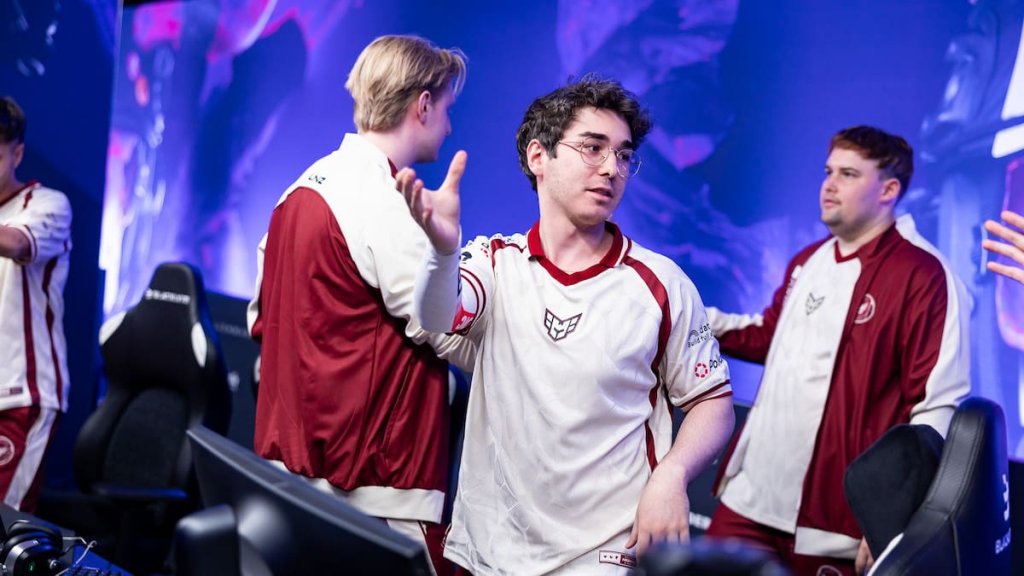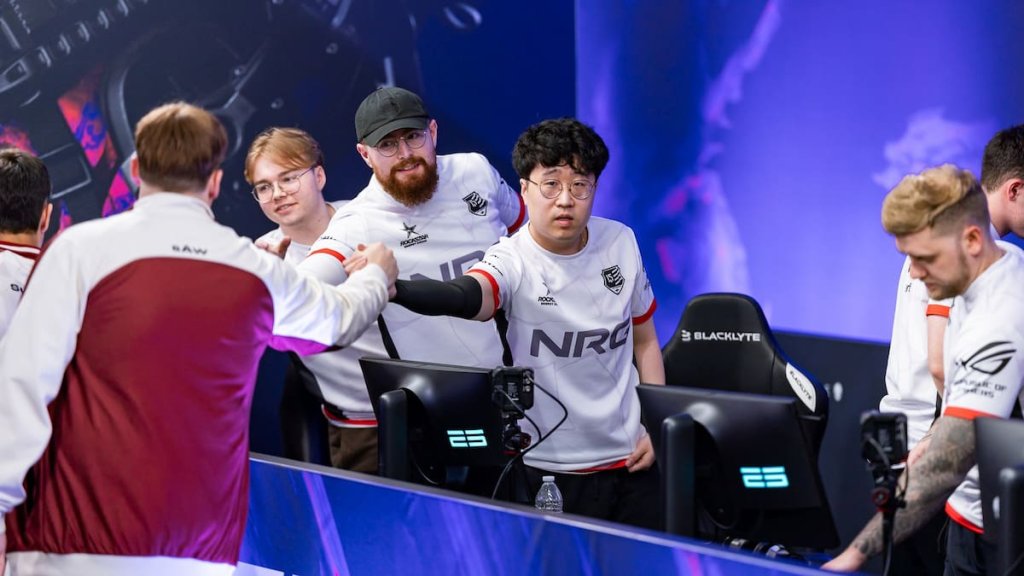
ESEA vs FaceIt – Is ESEA better than FaceIt?
In CS:GO if you want to challenge yourself to see how well you can play the game as it was intended, then you need to play in competitive. Unfortunately, despite Valve’s efforts, the default matchmaking in CS:GO has many issues. The low barrier to entry, especially now that the game has gone free to play, means that there are many players that aren’t particularly committed to playing well.
Instead, you can often find trolls, griefers, racists, and – surprisingly regularly for a game with a functional anti-cheat system – cheaters. These problems persist throughout the entire ladder system. Thankfully there are alternatives, without having to switch to another game. The main options are FaceIt or ESEA.
Both offer their own third-party matchmaking systems and servers to their own dedicated communities. While the overall offering from both of them are pretty similar, there are differences that can make one more appealing than the other depending on what you’re looking for.

The stand-off: FaceIt vs ESEA
If you’re looking for reliably balanced matches FaceIt has a larger community than ESEA, meaning there are more players covering the skill spectrum. Further to this, the larger player base, generally means shorter queue times too, though this will vary by region and time of day.
Part of FaceIt’s popularity in Europe is that it has a large number of servers. In North America, however, it only has three different server locations which can mean you get a worse ping than you would on ESEA which provides a broader selection of NA infrastructure. Both services offer 128 tick servers, so to get the most of that you really want a low ping. Realistically though, unless you’re particularly high rank you’re unlikely to notice ping being too much of an issue until around the 60-75ms mark. That isn’t to say that top-tier players can’t benefit noticeably from lower pings, but for the average player, ping is a bit less of an issue.
Cheaters are a common scourge of CS:GO matchmaking, unfortunately, they also play in both FaceIt and ESEA. In the matchup of FaceIt vs ESEA though, ESEA has a significantly better anti-cheat system. It is worth being aware of the terms of use of both platforms though, as cheating is not the only way to get banned.
A tentative verdict?
FaceIt offers a significantly better range of community groups such as Mythic League. These groups are another way to find matches with like-minded players, potentially helping you to avoid the trolls. Mythic League is one of these, offering a paid service for high-quality matches, with mandatory communication through Discord and ways to earn a spot in professional-level FPL tournaments for the top players.
If you’re asking is ESEA better than FaceIt? The answer is “it depends”. Both offer benefits over standard matchmaking. The right choice for you, however, depends on what factors are most important to you and what you’re willing to put up with to get them. If you’re willing to accept a worse ping – at least in North America – to get a larger player base and quicker queue times, then FaceIt may be the choice for you. To minimize your ping as much as possible, and don’t mind waiting a bit longer for a match that’s less likely to have cheaters, you’ll likely prefer ESEA.
If low latency is all you care about, ESEA for North America and FaceIt for Europe is the default choice.












